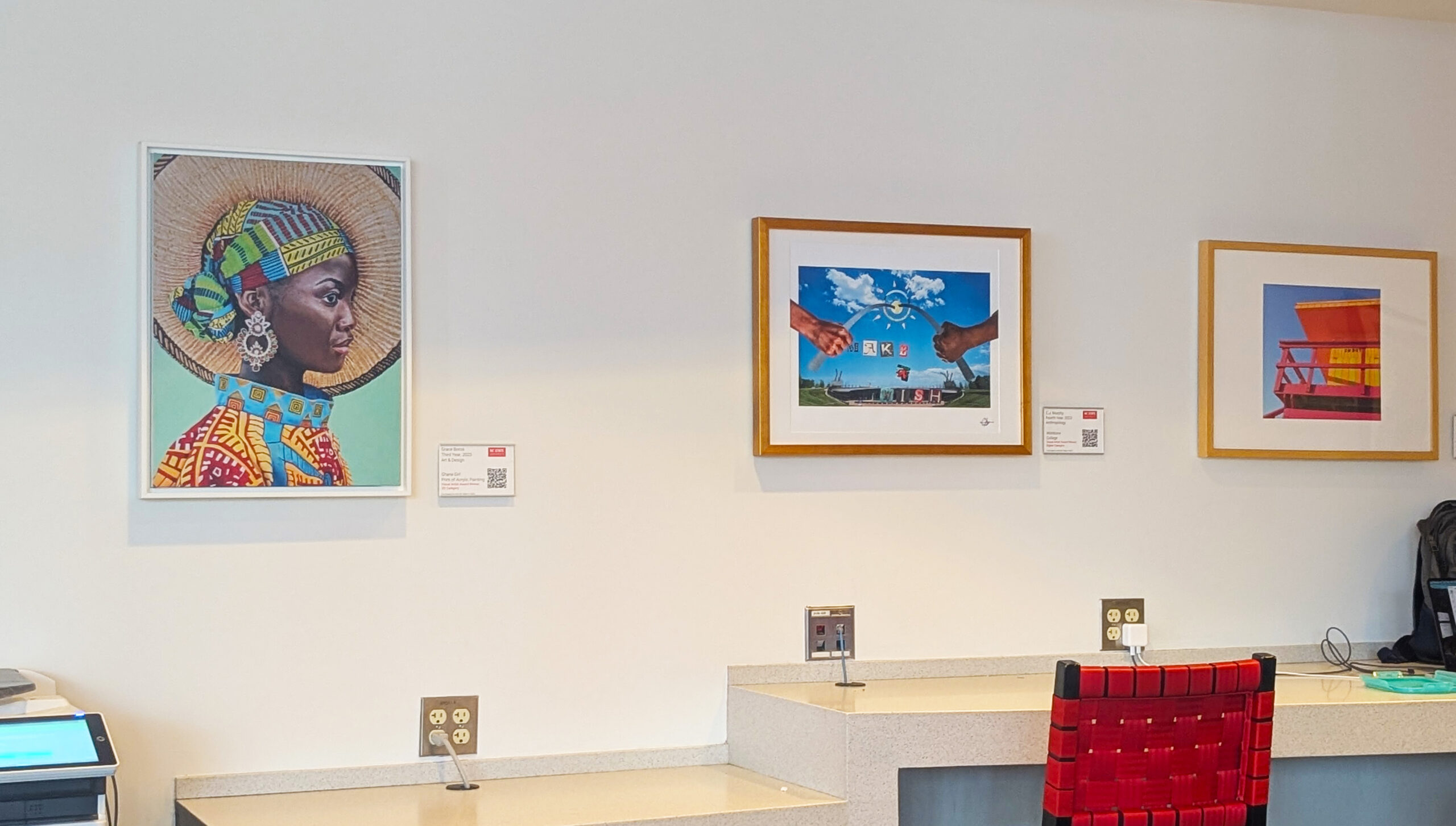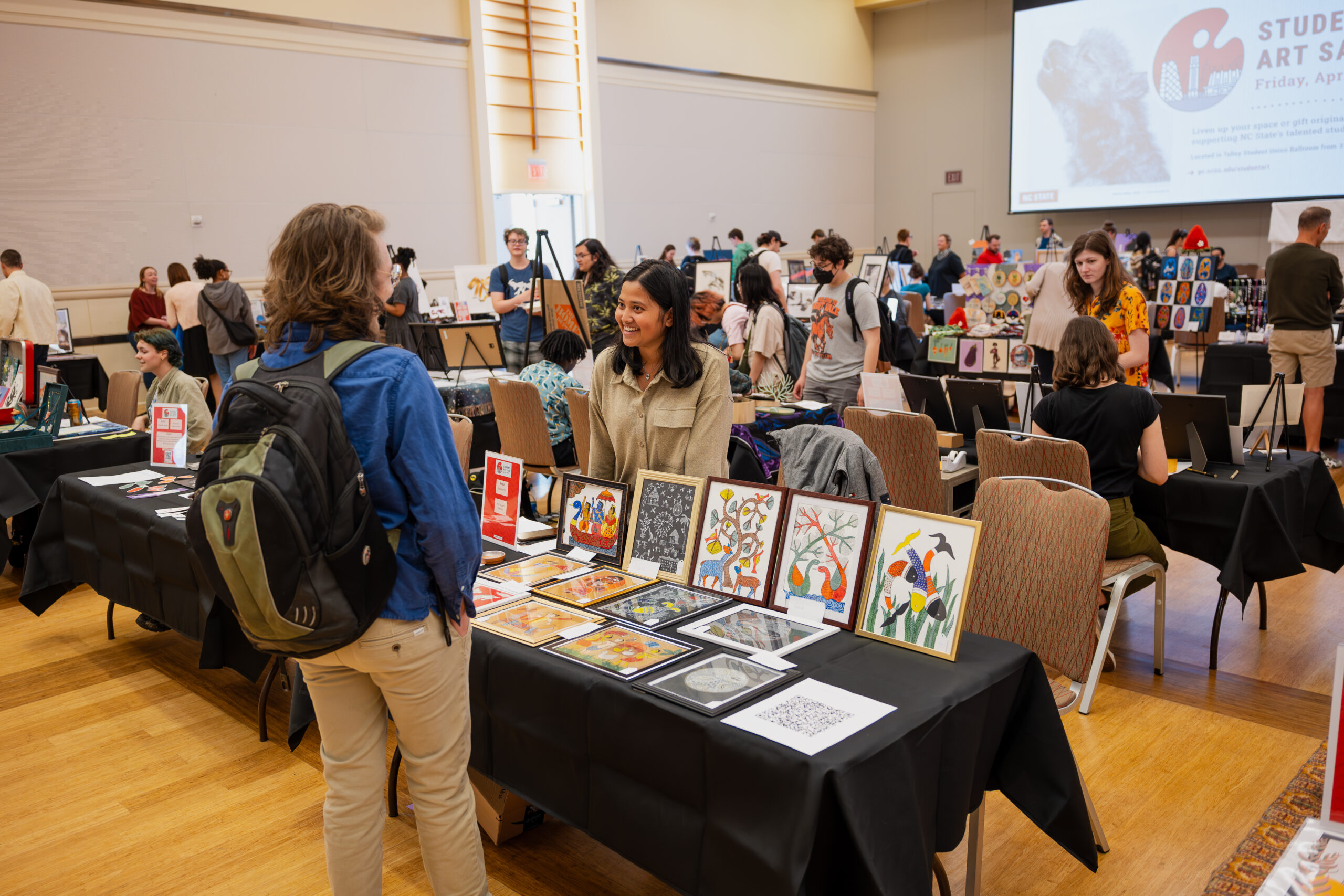Our Life in The Arts
Questions, reality, and musings on a life of joy and wonder
Vol. 2, No. 4
April 8, 2022
Pet Peeves
By Rich Holly
Pet Peeves. We all have them. We complain about them to friends and family. We likely don’t do what others do to annoy us, so in that way they’re a part of how we’ve created our own behaviors and approaches to life.
What is it the arts can do to help reduce the number of frequent annoyances, not just for ourselves, but for others, as well?
For decades (based on a particular experience I had when I was 20 years old) I’ve been saying that it’s okay to go to a workshop, clinic, presentation, whatever, where the presenter is not very good. Why? Because you’re still going to learn some things. You may not learn anything helpful on the subject at hand, but you will certainly learn some things you should not be doing when you present.
Pet peeves have the identical effect on us. If you don’t like a behavior, you’re not going to do it yourself.
So, how can your sculpture, your choreography, your scenic design, or your composition help others realize they need to stop engaging in annoying behaviors?
Let’s all take a couple of minutes and enjoy this Seinfeld clip:
While it may not be in our best interest to walk up to people and air our grievances upon them, I’d like to think there are small things we can do – when we talk with people, when we work in a group setting, when we create new work – that will not become a pet peeve for others and that just might become an example to them for how they can reduce or eliminate their own annoying behaviors.
Artistry may not be the answer to all behaviors that qualify as a pet peeve, but we’ve seen art create community thousands and thousands of time throughout human history.
Here’s a song that started as music for a Coca-Cola commercial, and then was slightly rewritten and became a hit for The New Seekers. It was one of Coke’s most successful ad campaigns:
I’m certainly not saying we all need to create this style of music or nothing but “happy” artworks. I am saying that artistry can – and often does – have a positive effect on human behavior.
Okay, so now I’ll air some grievances, since I can. Here are some of my pet peeves:
- Shoppers who leave their carts scattered in parking lots instead of returning them to the store or the cart corral
- Drivers who don’t use turn signals
- People who interrupt or who never stop talking so you can’t get a word in edge-wise
- People who litter
- When people start or end their statements with “Don’t you think?”
- People with a distinct lack of a work ethic
- People who convince you they have the skills and talent and experience to succeed at a specific task, only to find out they have no such skills or talent
- People who give you roadblock after roadblock and will not accept any possible solution to their issue
- People who don’t own up to their mistakes
- Plagiarism
- People (in America) who walk on the left side of the sidewalk.
Wow, that felt good! Feel free to write down your own set of pet peeves – it’s quite liberating!
But more importantly, how can you use your artistry to make the world a less peeveful (is that a word?) place?
Rich Holly serves Arts NC State and the NC State University community as the Executive Director for the Arts.
All posts in the “Our Life in the Arts” series are available here.
- Categories:


